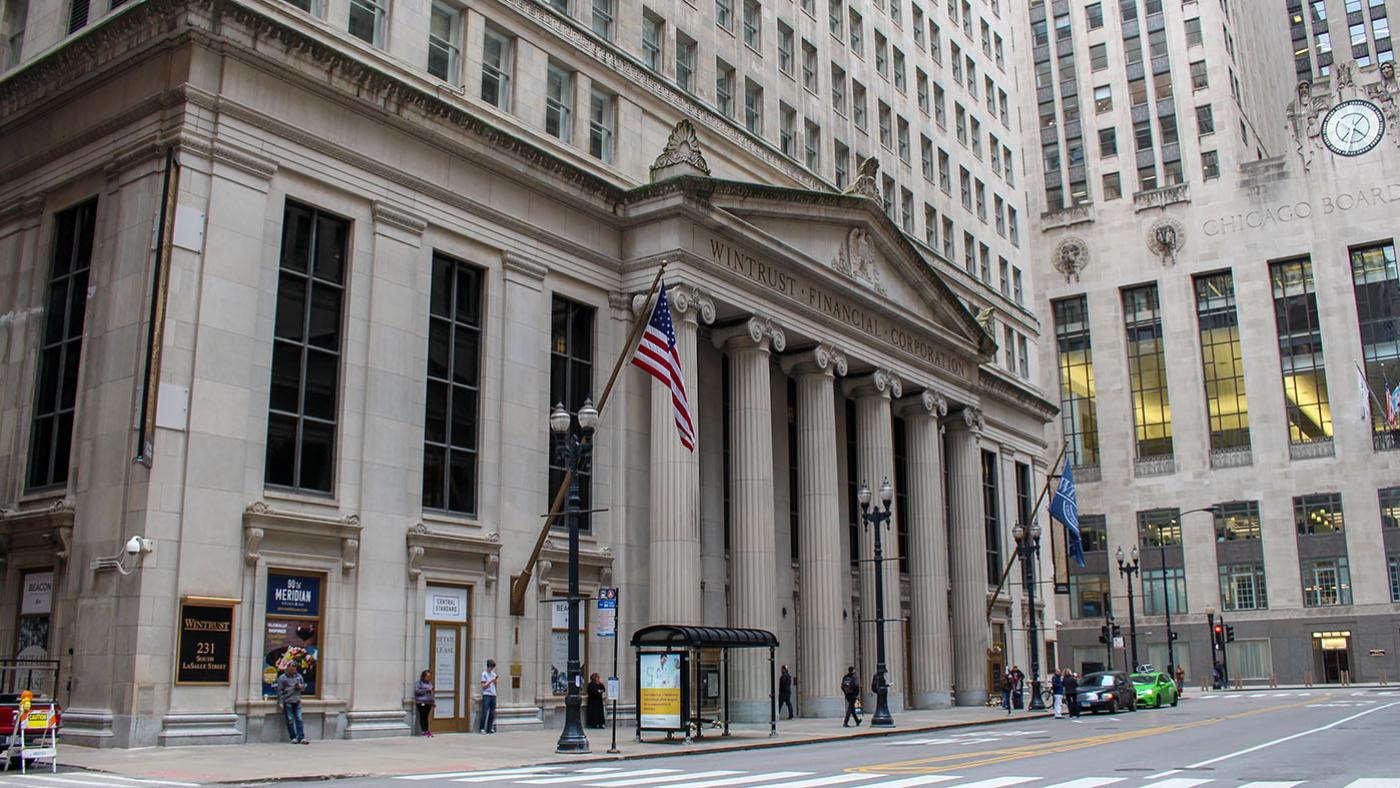How Chicago Played a Major Role in Setting America’s Time Zones
Meredith Francis
October 29, 2019

Before our clocks fell back and sprung forward, there were dozens of time zones in the United States. One Chicago hotel was at center stage in deciding how railroad companies—and the rest of the country—would synchronize their watches.
Before technology allowed time to be synchronized, people used the sun to figure out what time it was. Different towns across America looked to the sky at noon to set their clocks, meaning noon in New York was several minutes before noon in Philadelphia or Washington, D.C.
As railroads expanded rapidly throughout the 19th century, a need emerged for a standardized time system that would allow companies to coordinate train schedules without having to account for the different times in different cities. Officially, the railroads operated on nearly 50 different time zones, making scheduling complicated. (In Chicago, the Dearborn Observatory at the University of Chicago was in charge of setting the time.) So, in 1883, the heads of the railroad companies met at the Grand Pacific Hotel on the corner of Jackson and LaSalle in downtown Chicago for the General Time Convention, congregating in Chicago because it was a major railroad hub.
The hotel itself was already a significant landmark. Designed in the palazzo architectural style, it was destroyed by the Great Chicago Fire of 1871 just days after it was built. But it was rebuilt, and soon earned its place among the “Big Four” hotels built after the fire, including the Palmer House, the Tremont, and Sherman House.
It was in the luxurious halls of the Grand Pacific Hotel that the General Time Convention decided to adopt the Standard Time System, which divided the country into the four time zones still used in the continental United States today (though the borders of the time zones have shifted over the years).
The new time zones went into effect on November 18, 1883. Railroad clocks were synchronized to a signal from a Pennsylvania observatory, and the day was dubbed “The Day of Two Noons.” It wasn’t until 1918 that Congress passed a law to officially adopt the Standard Time System.
A year later, the Grand Pacific Hotel closed and was eventually torn down. Today, a different building stands in its place: 231 S. LaSalle, a 1-million-square-foot, 23-story skyscraper built in 1924 and designed by Graham, Anderson, Probst, and White.
The building now serves as office space. Its ionic columns and neoclassical style mirror the Federal Reserve Bank of Chicago, which sits right across the street. Its new name—the Central Standard Building—along with a small plaque on the south side of the building, honor the history of the site.







